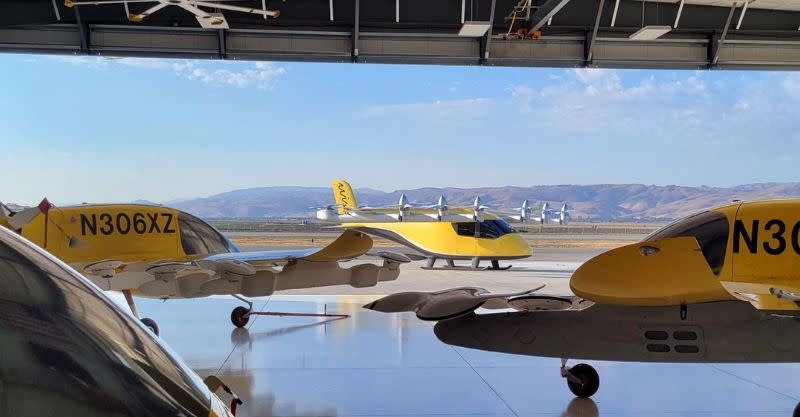Air Taxis in Time for Brisbane Olympics: Boeing

A fully-owned subsidiary of the US aviation giant Boeing wants to have self-flying electric air taxis in the air over South-East Queensland by the end of the decade.
Wisk Aero, out of the tech-heavy town of Mountain View in California, says it is targeting Brisbane’s 2032 Olympic Games for its vertical take-off and landing (VTOL) aircraft.
Wisk infrastructure and regulatory affairs manager Dan Parsons said the company was looking for potential landing sites, or vertiports, for the operation, which would cater for passengers and freight.
Speaking at The Urban Developer’s annual Urbanity conference on the Gold Coast Parsons said the service would begin with a network of four to five nodes, as well as supervisory centre for fleet operations and a technical hub for maintenance and logistics.
“Initially, we will focus on high-demand transport routes, existing transit routes for people in the urban environment,” he told delegates.
He said the company was not looking to land on the top of buildings, but rather existing transport facilities such as train stations and other terminals.

“And then probably the most important piece is that we'll be looking for locations where the community is going to accept us,” he said. “Social licence is a very important component of our future pathway.”
Wisk, and its predecessor, have conducted more than 1700 full-scale test flights with six different aircraft since 2010.
The latest generation operates from an onboard battery driving 12 propulsion systems for vertical take-off. Once airborne, the rotors move into an horizontal position on the wing and the vehicle operates much like a conventional aeroplane.
Parsons said the company’s approach was to employ newer technology in aviation to achieve what he called “certain safety outcomes.” It was targeting equivalent or better safety than current commercial air transport.
Initially, Wisk intended to build, operate and maintain the air taxis themselves, working in urban environments that will replicate commuter travel around a city or region. Depending upon the location, that could include freight and tourism.
Parsons said they would “operate at a price point that is open to everybody”.

Wisk’s sixth generation aircraft would have a range of about 140km with four passengers on board. Current overall capacity is just over 400 kilograms.
Parsons said Australia’s aviation regulator as well as the country’s air navigation service provider were “very forward leaning” and open to discussion about future technology.
“In South-East Queensland you’ve got great weather, so that takes some factors out of the safety operation of the aircraft,” he said.
“You’ve got a growing environment in terms of the whole South-Sast Queensland region.
“And then I think the cherry on the cake is the Games.”














